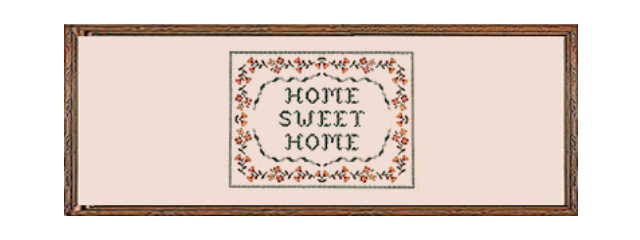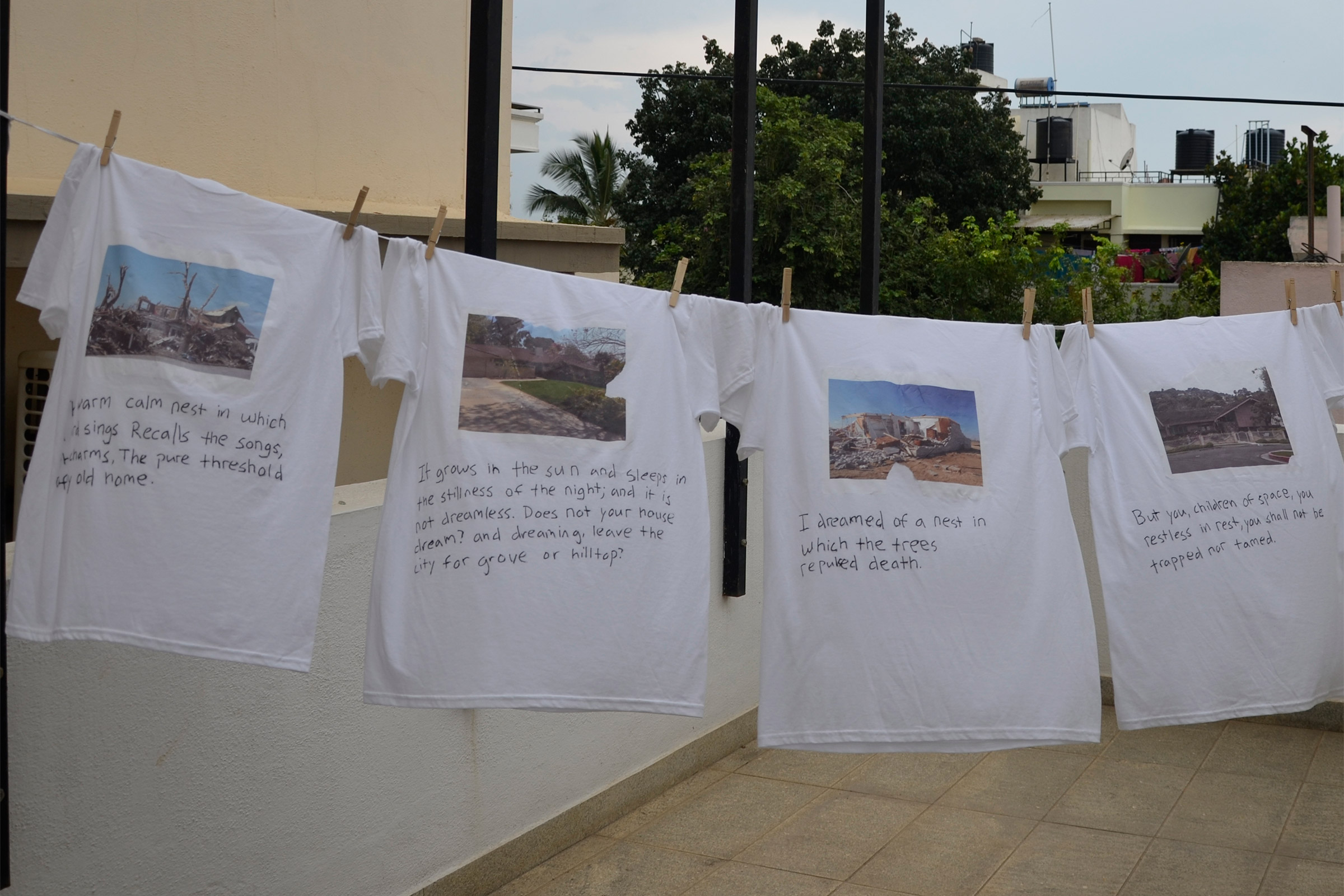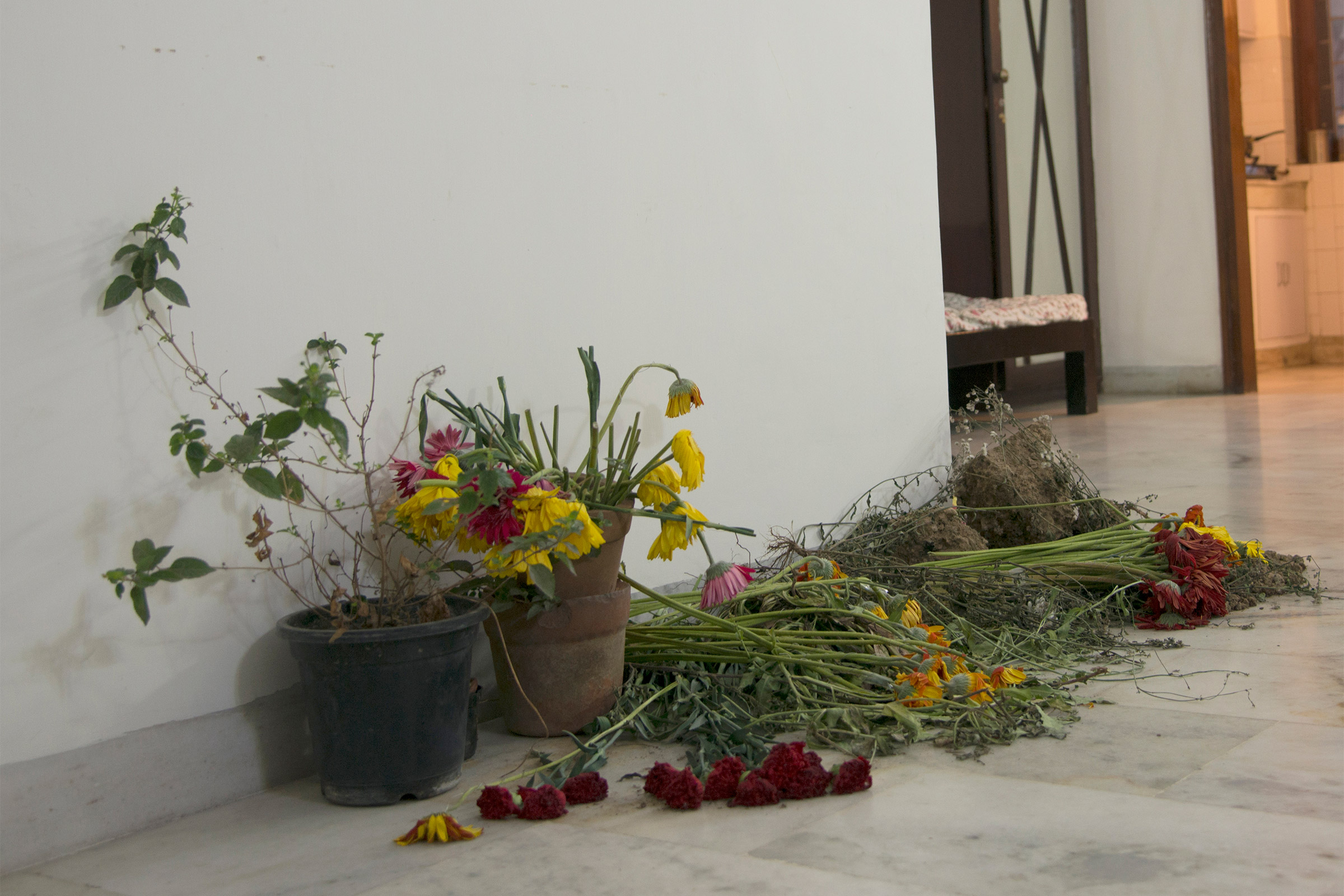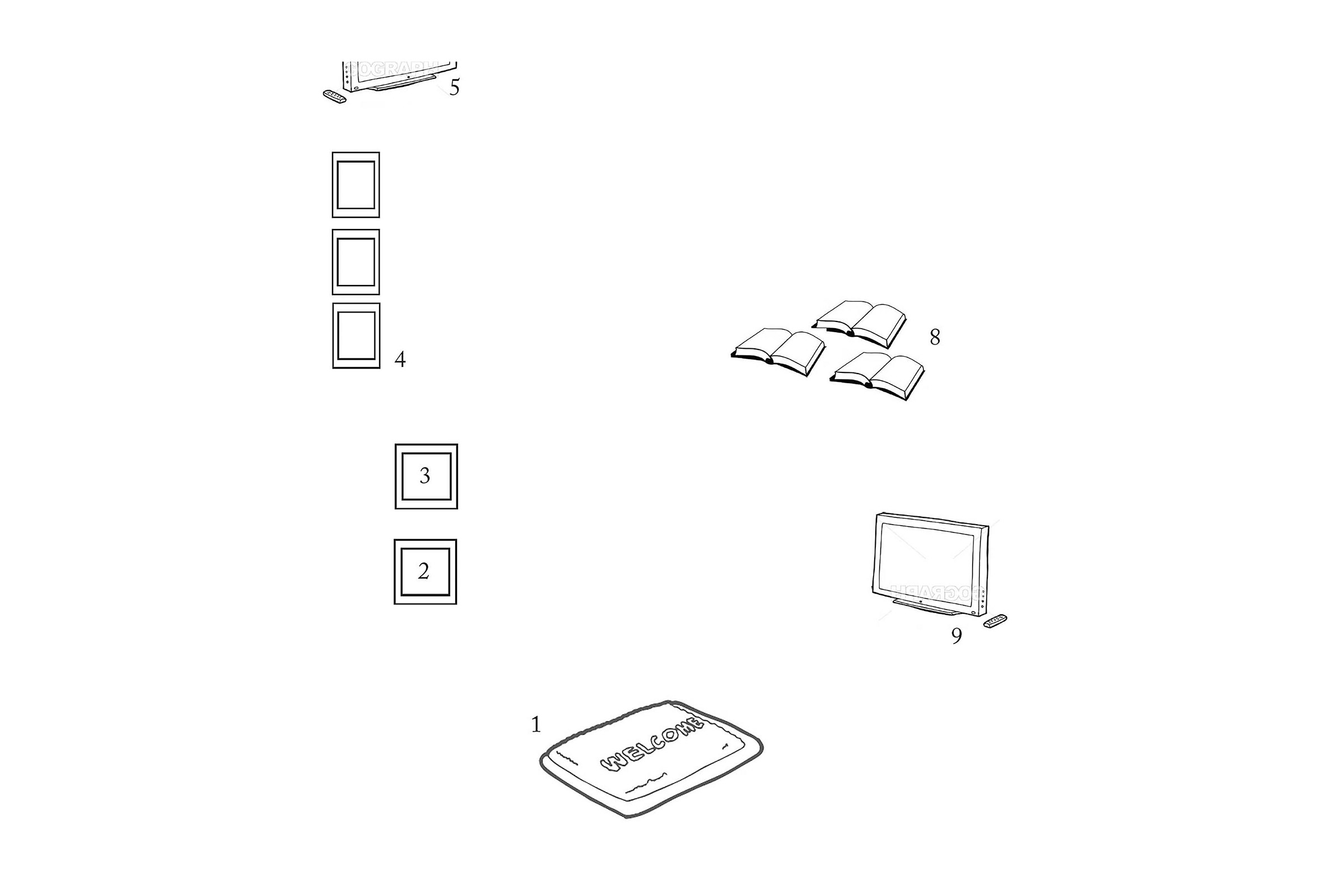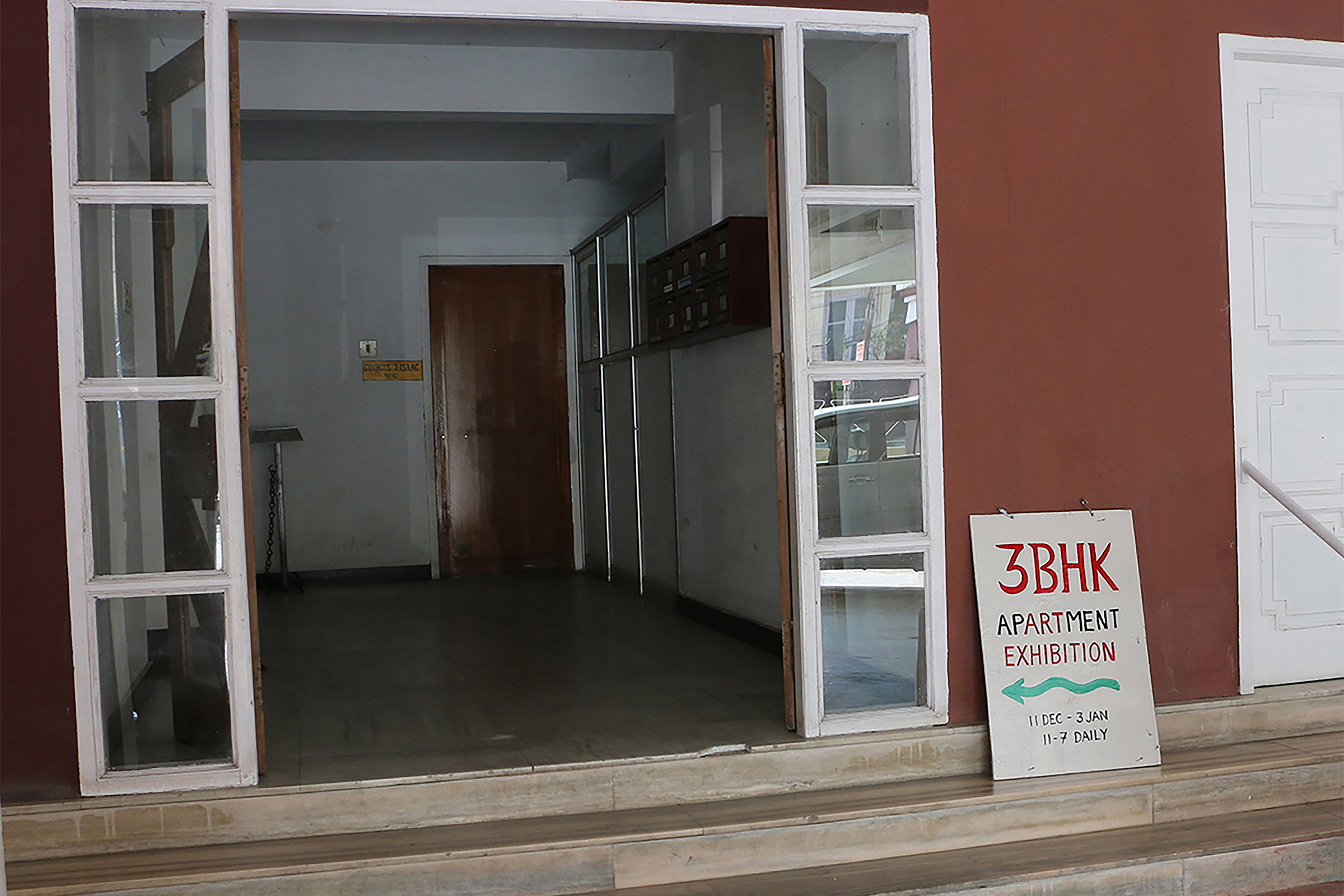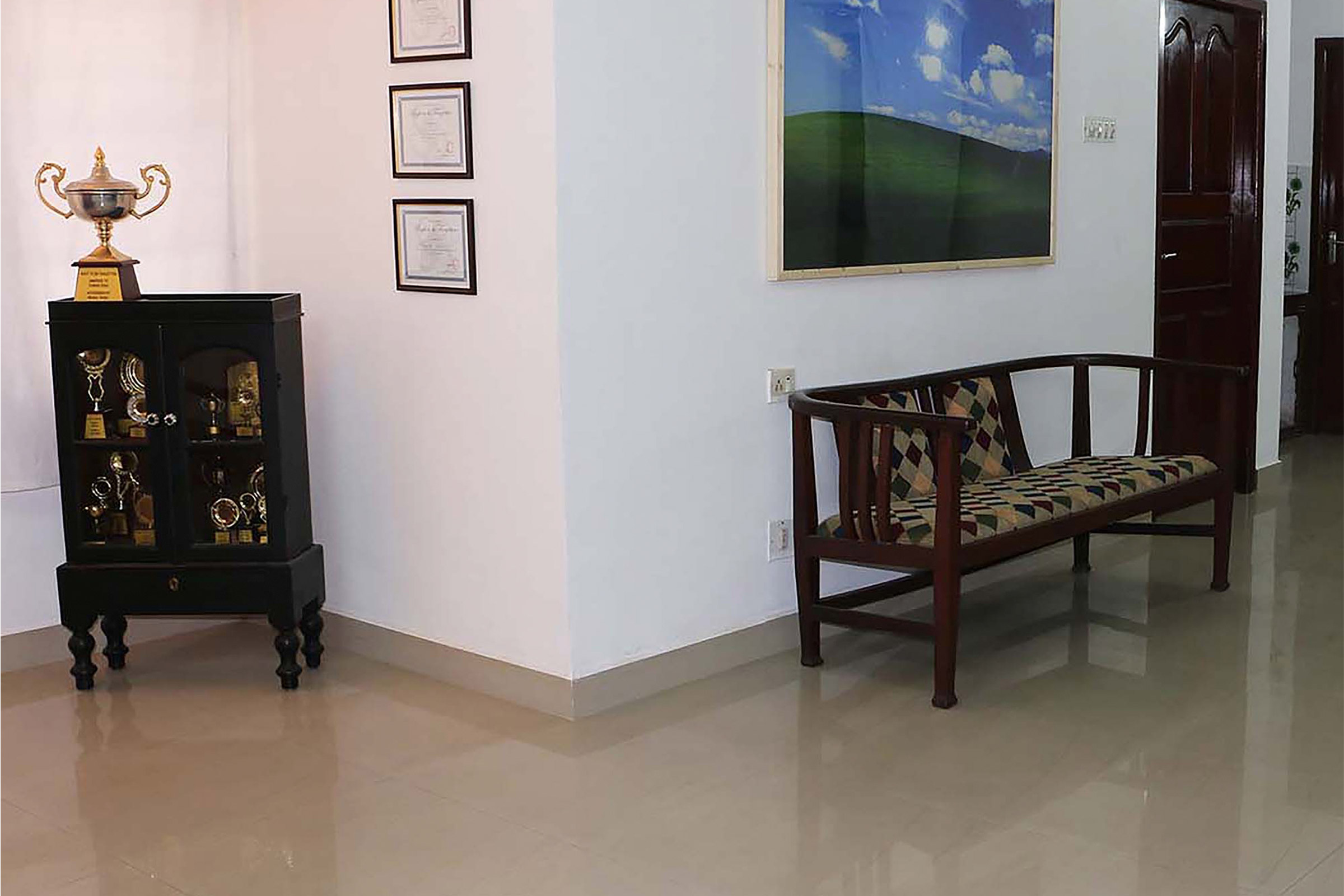HOME SWEET HOME
Read more about the showcase on ASAP Papers.
Home Sweet Home has been an exhibition series that uses lived-in, domestic spaces to exhibit art works, collaborate with artists and curators across India and outside. Since its inception in 2015, we have organized twelve exhibitions, collaborated with more than fifty artists and curators from India and abroad, building a large and engaged audience. Home Sweet Home is based in Bangalore and has operated from temporary, rented spaces in Delhi, Fort Kochi, and Ahmedabad. It has been a space for artists and curators to come together and experiment with the idea and fundamental premise of the exhibition outside the bounds of white walls.
With support from Art South Asia Project, Home Sweet Home will take shape as a research hub to study artist-led initiatives in India from 1990. HSH will conduct pan-India interviews with artists, writers and audiences to understand the breadth of how artists have collectivized over the years and extended their practices through independent project and curatorial spaces outside the mainstream art market space. This research project will be an online magazine that works as a site to write about, archive, and engage critically and creatively with institutions and curatorial projects by artists in India since 1990.
Home Sweet Home was founded by Chinar Shah.
Website: Home Sweet Home
Social Media: Instagram
